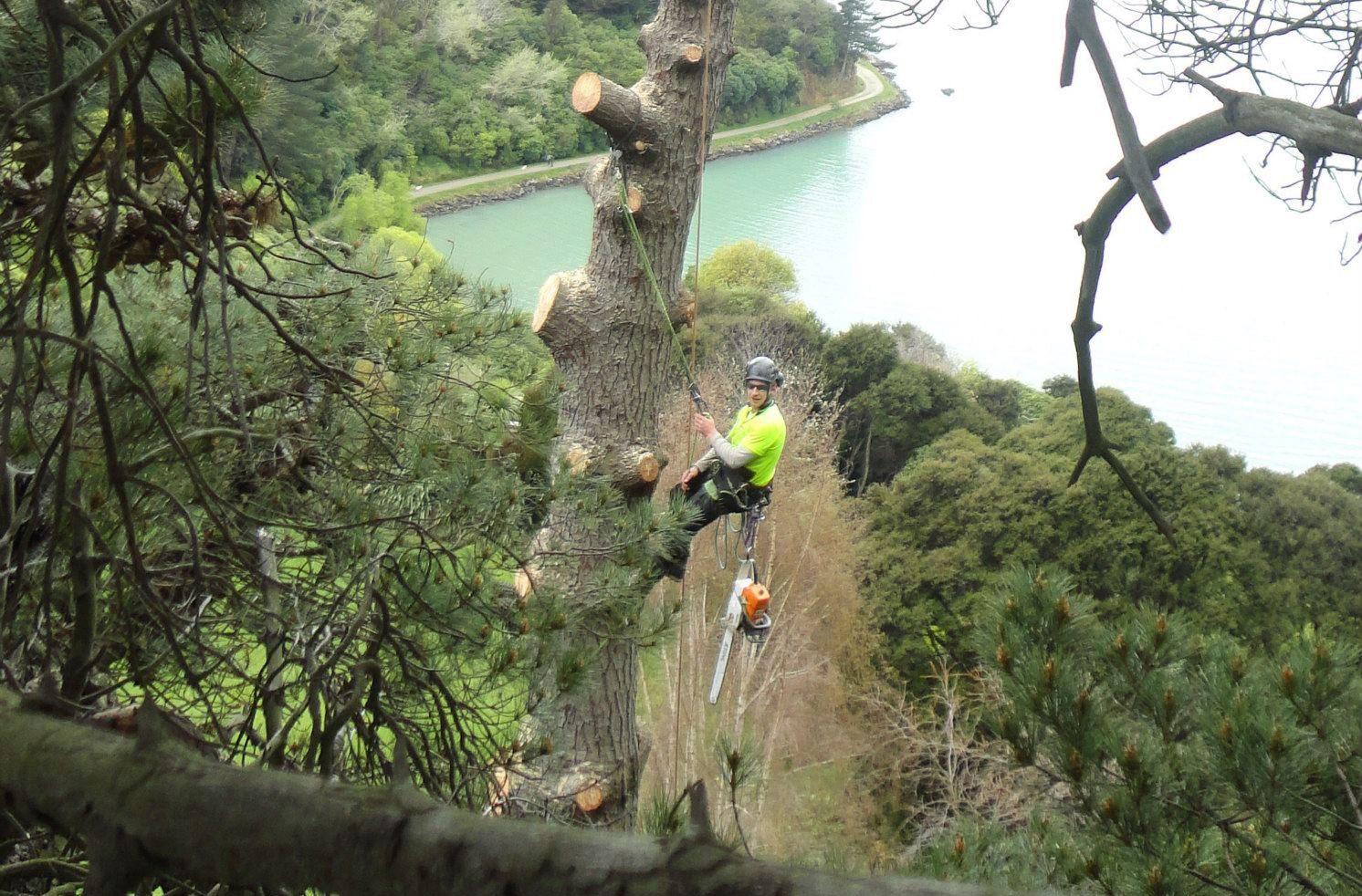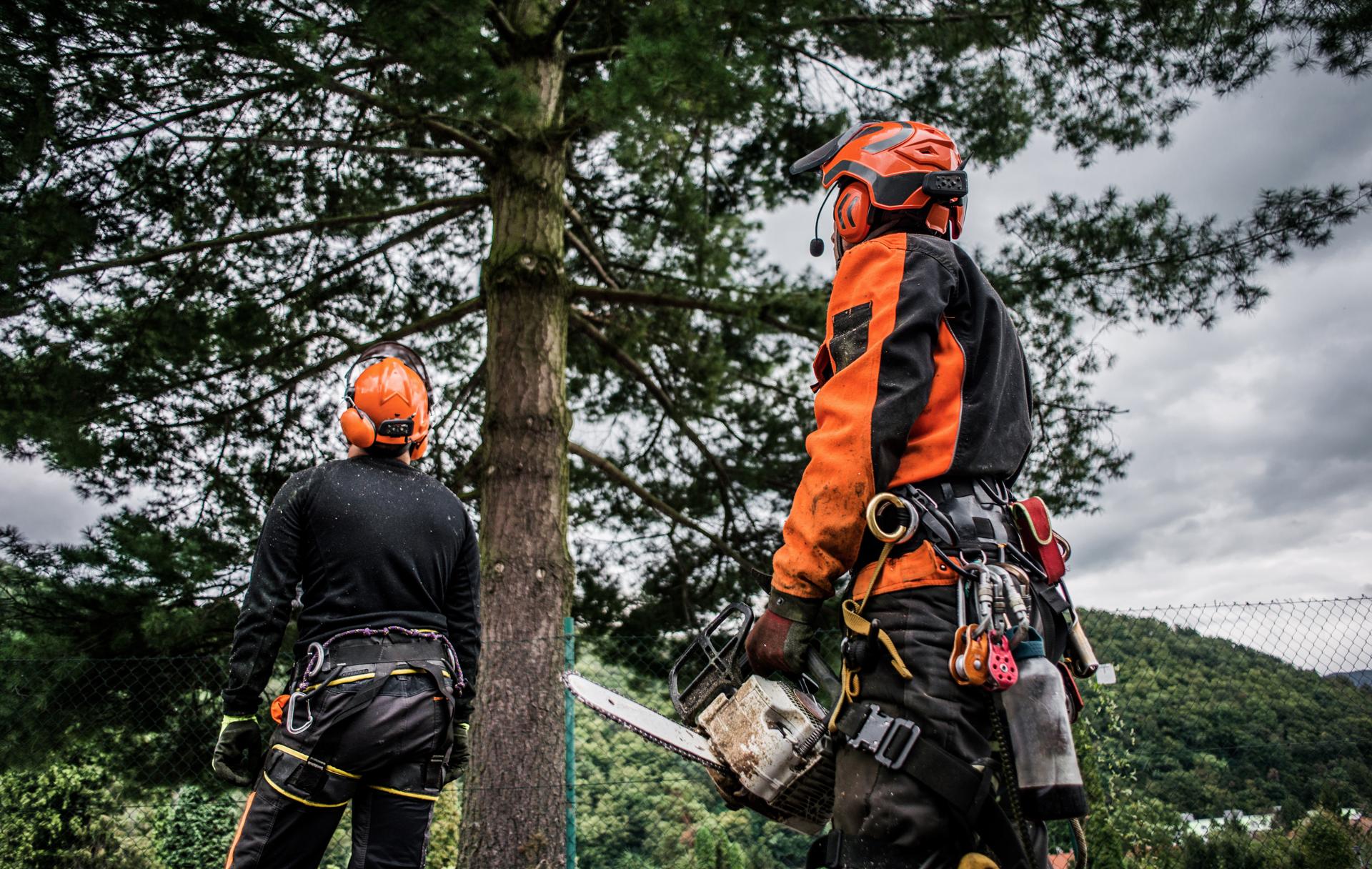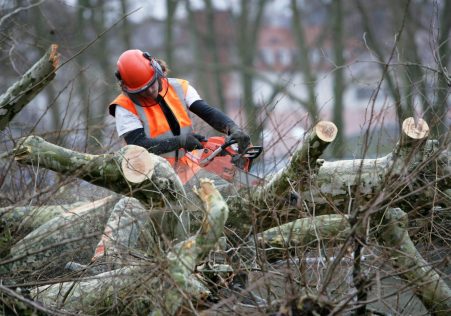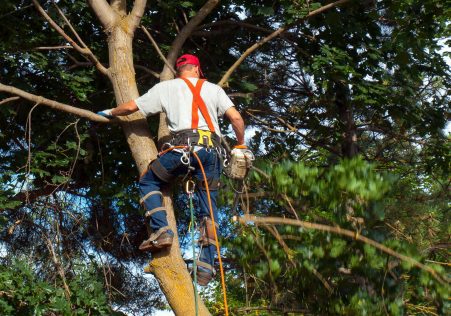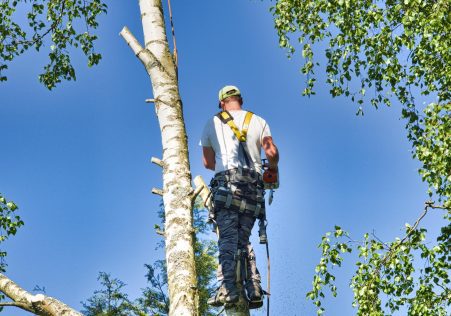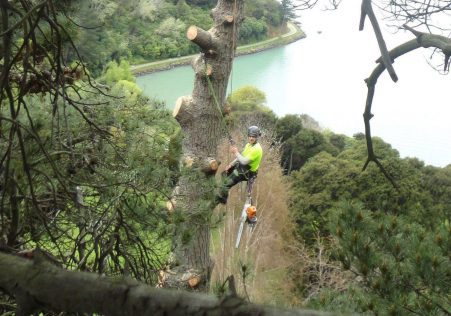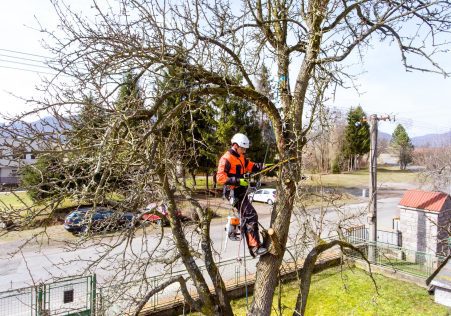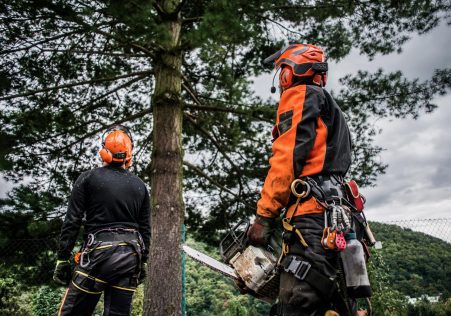The persistence of tree roots After removal
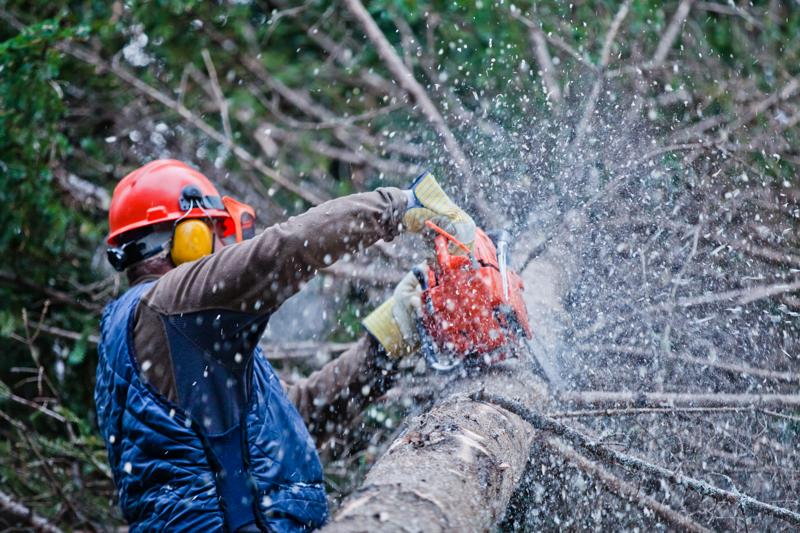
Tree removal is a necessary job for many property owners, however, it’s not as simple as cutting off the branch and allowing the roots to decay. Understanding the longevity of tree roots is vital for ensuring that the removal process is done correctly and safely. The article below we’ll explore the length of time that roots last after a tree has been removed and address some of the most frequently-asked concerns about this subject.
How long do tree roots last after cutting them down?
The lifespan of the roots of a tree after it has been cut down could vary widely based on the kind of tree, the size of the root, and the environment conditions. In general, it is safe to assume that tree roots will continue to live for many years after a tree is cut down. The reason for this is that the roots are still capable of absorbing moisture and nutrients from soil, regardless of whether the tree is removed.
The factors that determine the longevity of Tree Roots
There are many factors that can affect the length of time that tree roots last after a tree has been taken down. A few of them are: Species of tree: Some species of trees have roots that are more resilient and more durable than other species. For instance, oak tree roots have been observed to live for several decades after the tree was taken down. Size of the roots: The larger the roots of a tree are, the longer they will likely remain after the tree has been removed. The reason for this is that larger roots are able to absorb water and nutrients out of the soil. Environmental conditions: The soil kind, temperature, and levels of moisture in the region where trees were removed can all impact the longevity and longevity of roots. When the soil becomes dry, compacted and degraded, the roots are likely to decompose more rapidly. When the soil remains well-drained and moist the roots will last longer.
What happens to tree Roots After cutting them down?
When trees are cut down, the roots will slowly begin to decompose. The process could take several years depending on the circumstances discussed above. At this point the roots gradually let nutrients into soil which is beneficial to other plants that are in the vicinity. Once the roots have fully gone through their decomposition, they will not pose a risk to the surrounding landscapes or structures.
FAQs:
Do tree roots grow back after being cut down?
No, tree roots cannot grow back after a tree been removed. Once the roots are removed, they slowly begin to break down and cease to be capable of being regrown.
Can tree roots continue to expand after cutting them down?
The roots of trees will not continue to grow after a tree is cut down. However, they will be around for several years, as they’re still capable of taking in nutrients and moisture out of the earth.
Will tree roots continue to grow even after the cutting?
The roots of trees won’t continue to grow after a tree is removed. After the tree is removed, the tree’s roots are slowly beginning to break down and not pose a risk to surrounding structures or landscapes.
Conclusion:
In the end, the life span of the tree’s roots after the tree is cut down can vary greatly dependent on a variety of factors. Understanding the length of time the tree’s roots can last is crucial for ensuring that the removal process is done correctly and safely. If you have trees that need removal, it’s always recommended to hire an experienced Sydney Eastern Suburbs Tree Removal arborist to carry the task. Our highly trained and experienced arborists are equipped with the right tools and know-how to safely and effectively remove trees and address any concerns regarding the durability of the roots. Contact us today at 1300 526 708 to schedule a consult and to learn more about our tree removal services in Eastern Suburbs. Don’t risk damaging your property or risking your life by attempting to remove a tree on your own. Let the experts from Sydney Eastern Suburbs Tree Removal handle all of your tree removal requirements.

